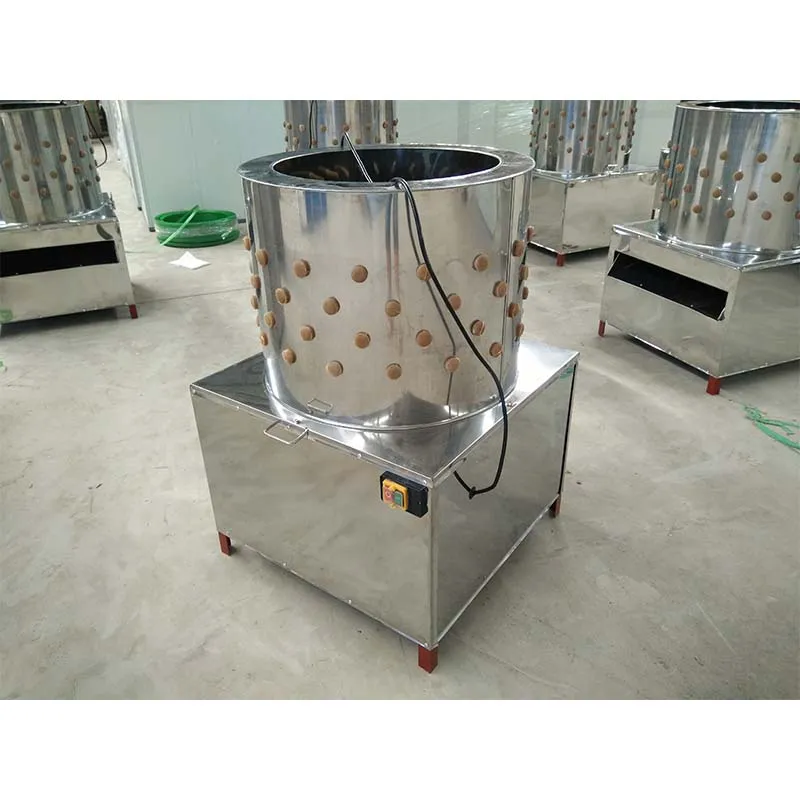layer chicken battery cages
Sep . 03, 2024 19:41 Back to list
layer chicken battery cages
The Controversy Surrounding Layer Chicken Battery Cages
In the modern agricultural landscape, layer chicken battery cages have become a hallmark of poultry production. For decades, these cages have been utilized as a means to maximize egg production by housing hens in confined spaces. However, the ethics and welfare implications of this practice have led to increasing scrutiny and heated debate.
First introduced in the 1950s as a solution to feed efficiency and space requirements, battery cages allow farmers to raise a large number of hens in a relatively small area. Typically, each hen is allotted merely one square foot of space, which permits up to several thousand birds to be housed in a single barn. This system has undeniably contributed to lower egg prices and increased availability, making eggs a staple in the diets of many households worldwide.
Despite these economic advantages, the living conditions of hens in battery cages have raised significant ethical concerns. Critics argue that the cages restrict natural behaviors essential to the birds' well-being, such as nesting, perching, and dust bathing. The confinement in such small quarters leads to stress, frustration, and abnormal behaviors, which some experts describe as a form of psychological suffering. Furthermore, the physical health of the hens can deteriorate over time, with reports of bone fractures, weak immune systems, and other health issues arising from overcrowding and inadequate movement.
layer chicken battery cages

Animal welfare organizations have pushed for reform, advocating for cage-free systems that allow hens more space to engage in natural behaviors. As public awareness grows regarding the conditions under which layer hens are raised, many consumers are demanding higher welfare standards. This shift in consumer preferences has prompted several retailers and egg producers to transition away from battery cages, opting instead for free-range or cage-free alternatives. These methods typically allow hens more freedom to roam and exhibit natural behaviors, contributing to improved animal welfare.
Legislative changes have also played a role in this evolving landscape. In various countries and regions, laws have been enacted to phase out battery cages in favor of more humane farming practices. For instance, several states in the U.S. and countries in the European Union have implemented bans on the use of battery cages, leading the poultry industry to adapt and innovate in order to meet new standards.
In conclusion, the practice of using layer chicken battery cages is at a crossroads. While it has been an efficient method of production for many years, growing awareness of animal welfare issues is prompting change. The future of poultry farming may very well depend on the ability of producers to balance the economic benefits of egg production with the ethical considerations surrounding animal husbandry. As the debate continues, one thing is clear the treatment of layer hens is an issue that cannot be ignored. It challenges us to rethink our food systems and ensures that we consider the welfare of the animals that provide for us.
-
Automatic Feeding Line System Pan Feeder Nipple Drinker|Anping County Yize Metal Products Co., Ltd.
NewsJul.29,2025
-
Automatic Feeding Line System-Pan Feeder Nipple Drinker|Anping County Yize Metal Products Co., Ltd.
NewsJul.29,2025
-
Automatic Feeding Line System - Pan Feeder Nipple Drinker|Broiler Farming Equipment
NewsJul.29,2025
-
Automatic Feeding Line System - Anping Yize | Efficiency&Durability
NewsJul.29,2025
-
Automatic Feeding Line System - Anping Yize|Poultry Efficiency&Durability
NewsJul.29,2025
-
Automatic Feeding Line System-Anping County Yize Metal Products Co., Ltd.|Durable PP Material&Easy Maintenance
NewsJul.29,2025






